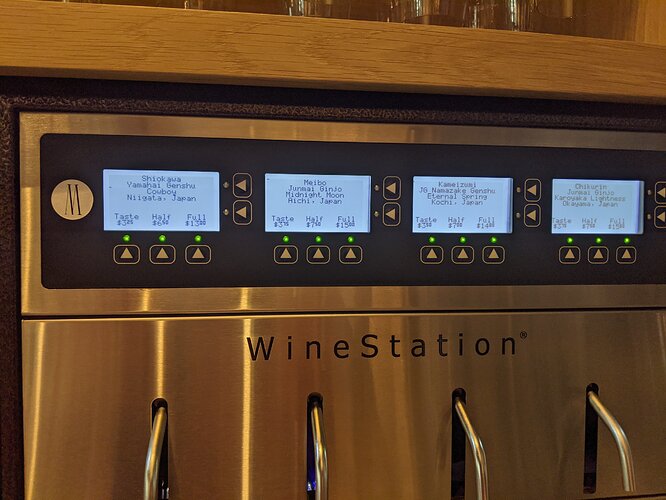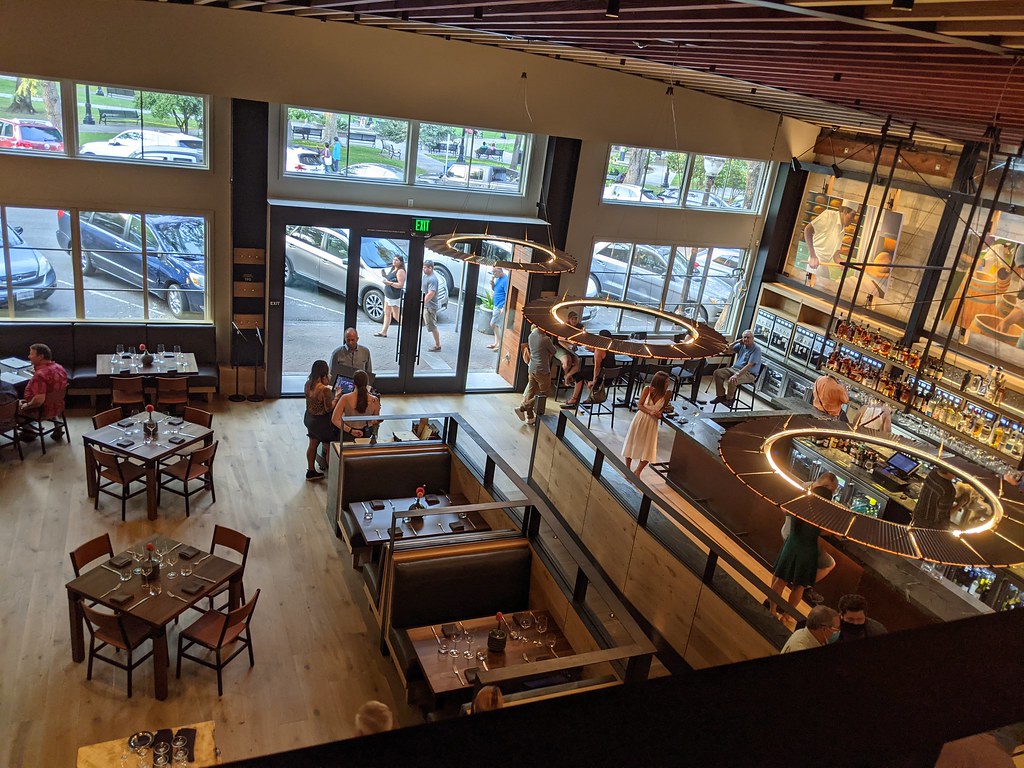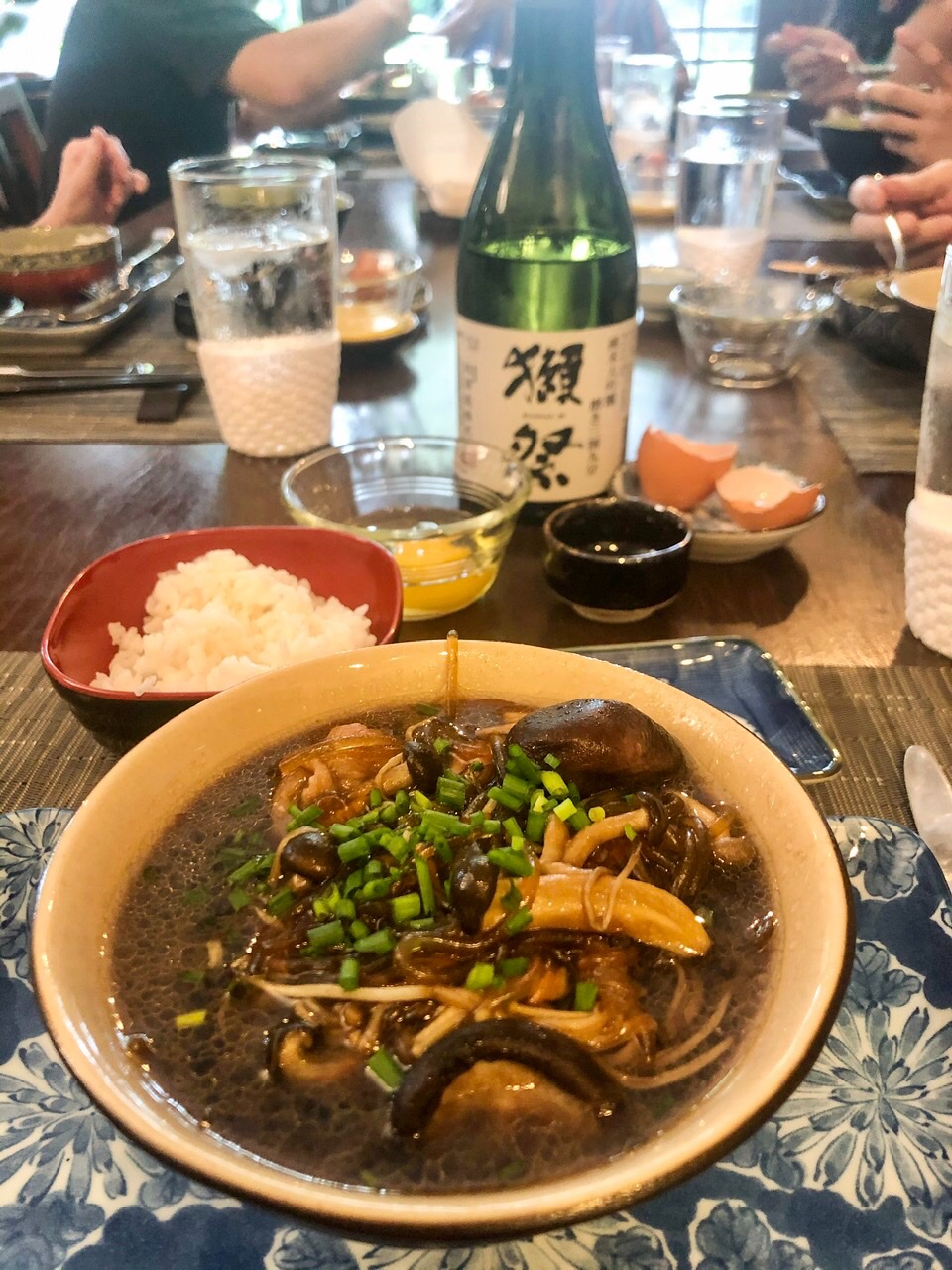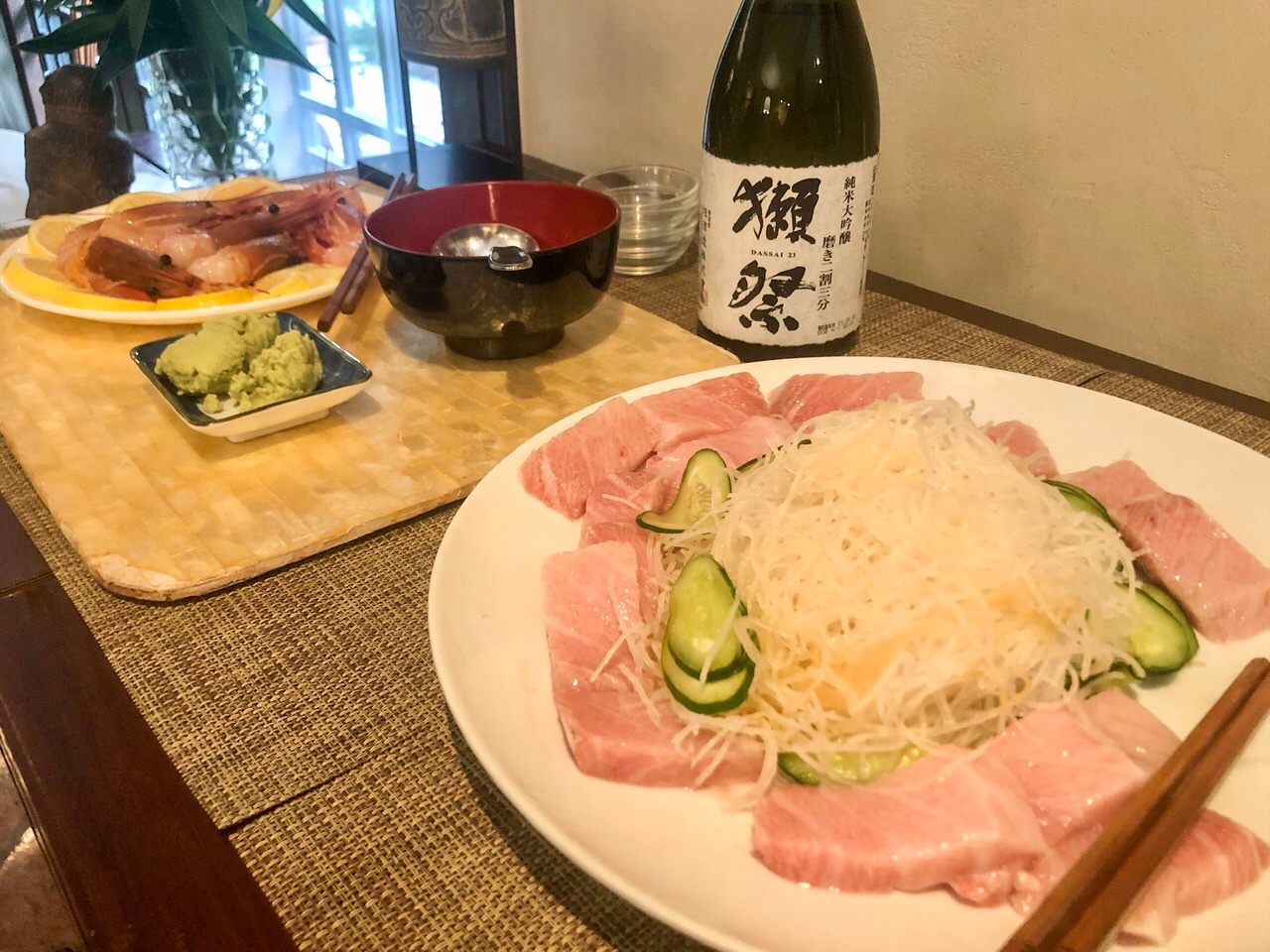Some does, yes. Most doesn’t. But then, remember that most wine doesn’t improve with bottle age either. Though many can hold for a number of years without noticeable deterioration, especially if stored well, most will not improve over time.
That said, there are definitely some examples that will and do, with the caveat that by “improve” we mean a definition along the lines of “evolve into something unique and delightful without degradation.” There is no sake, to my knowledge, that NEEDS aging to reach drinkability, that is unpleasant in its youth the way some wine is. Trying to fit sake into a wine box is problematic in a number of ways, but there are some parallels.
But back to the question: we have conducted small side-by-side tastings of the current release of our BY Daiginjo and our Yamahai Ginjo Genshu against versions aged 12 - 16 years and the differences were fascinating. We also did a large vertical tasting this past spring with a number of different vintages, attended by top NY sommeliers and beverage directors. People were blown away by how complex and expressive the older examples were. I wouldn’t say there was anything like a predictable curve to the (lets call it) improvement - not like with every extra year they got better and better - but there were noticeable gains in complexity and depth, as well as expression, though they became more delicate and subtle in other ways.
Whether a sake can and will age and improve has a lot to do with structure, quality, technique, just as you would expect (interesting side note: the toji at Kikuhime feels that junmai styles won’t age as well, and that the addition of some extra alcohol is one of the things that allows his sake to age so well). But it also has to do with storage and treatment. Heat can damage sake, like it can damage wine. Several of the Japanese sake professionals at our tastings have commented on how unusual and wonderful it is to find sake outside Japan that has been treated well all along the way. As more importers put in the effort and expense to ship and store properly, I’m expecting we’ll see more aged and interesting sake being purchased and appreciated.
It’s still a tiny part of the market. There isn’t a deep tradition of vintage dated sake, even in Japan. Though koshu, aged sake, is a thing, it is usually oxidative and dark and, in my opinion, more of a novelty than something you want to drink with dinner, though some people like it a lot. I am really happy to see more breweries getting interested in aging sake in a way that is clear and clean and doesn’t taste like something went wrong.
Usual disclaimer - Jonathan imports Kikuhime’s higher end bottlings for the US. I use those as examples most often because they are what I know best. Of course, he chose Kikuhime to import because we feel it’s the best, so make of that what you will. 





